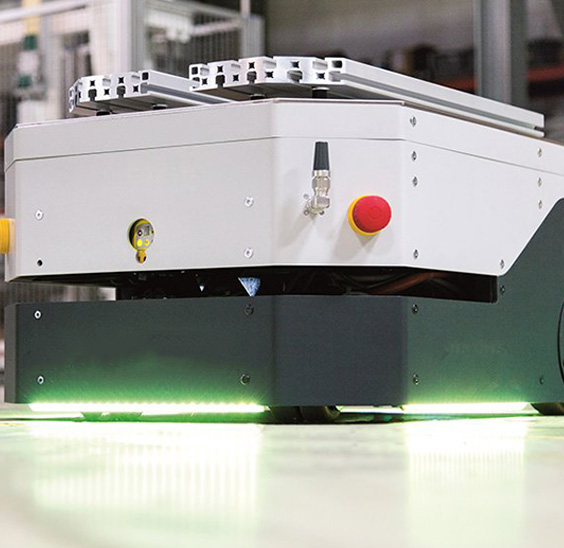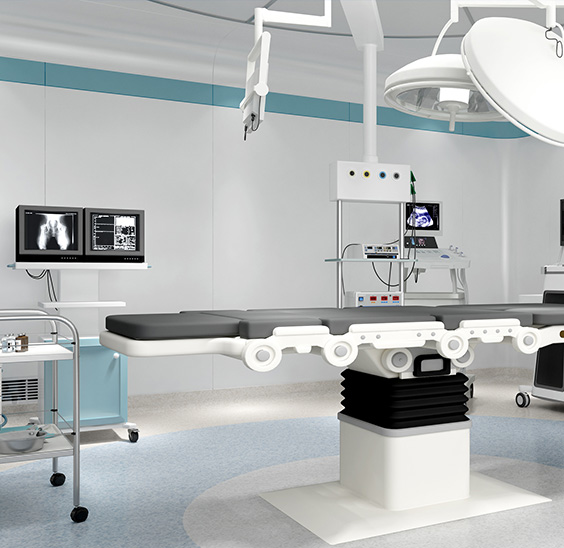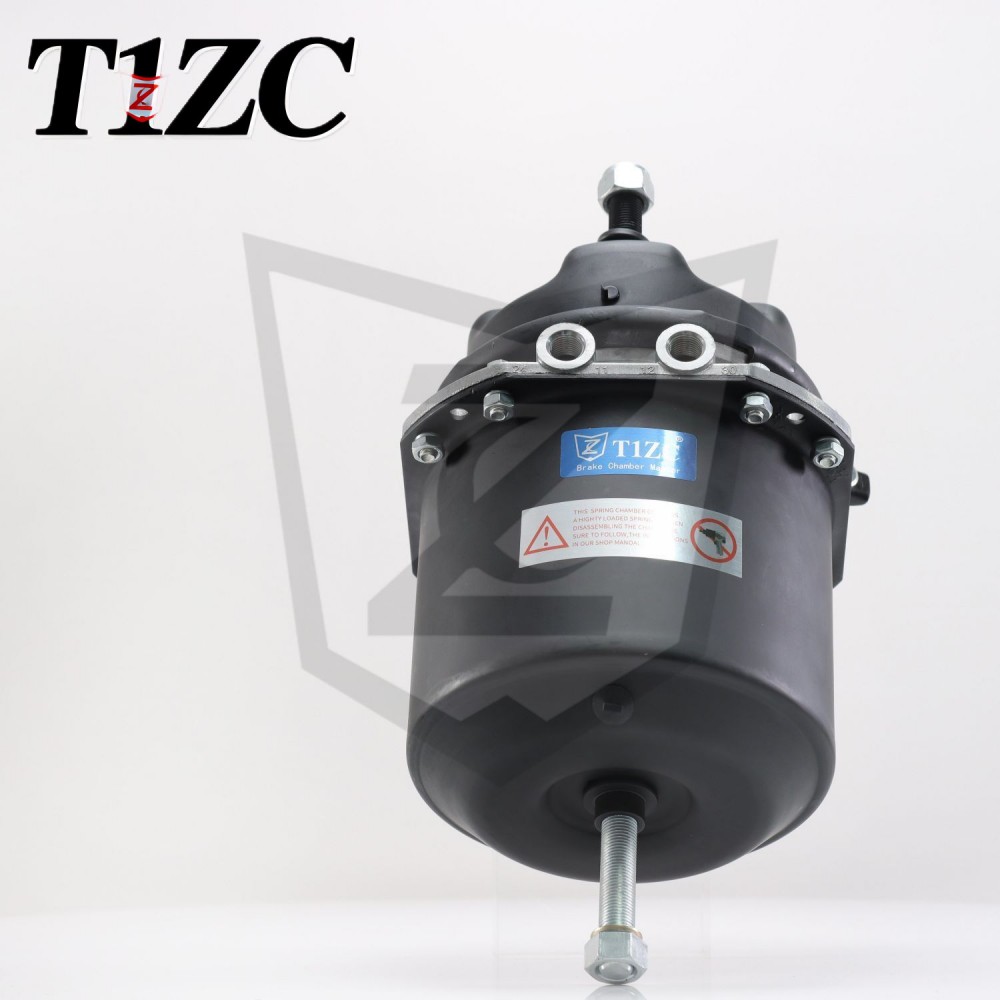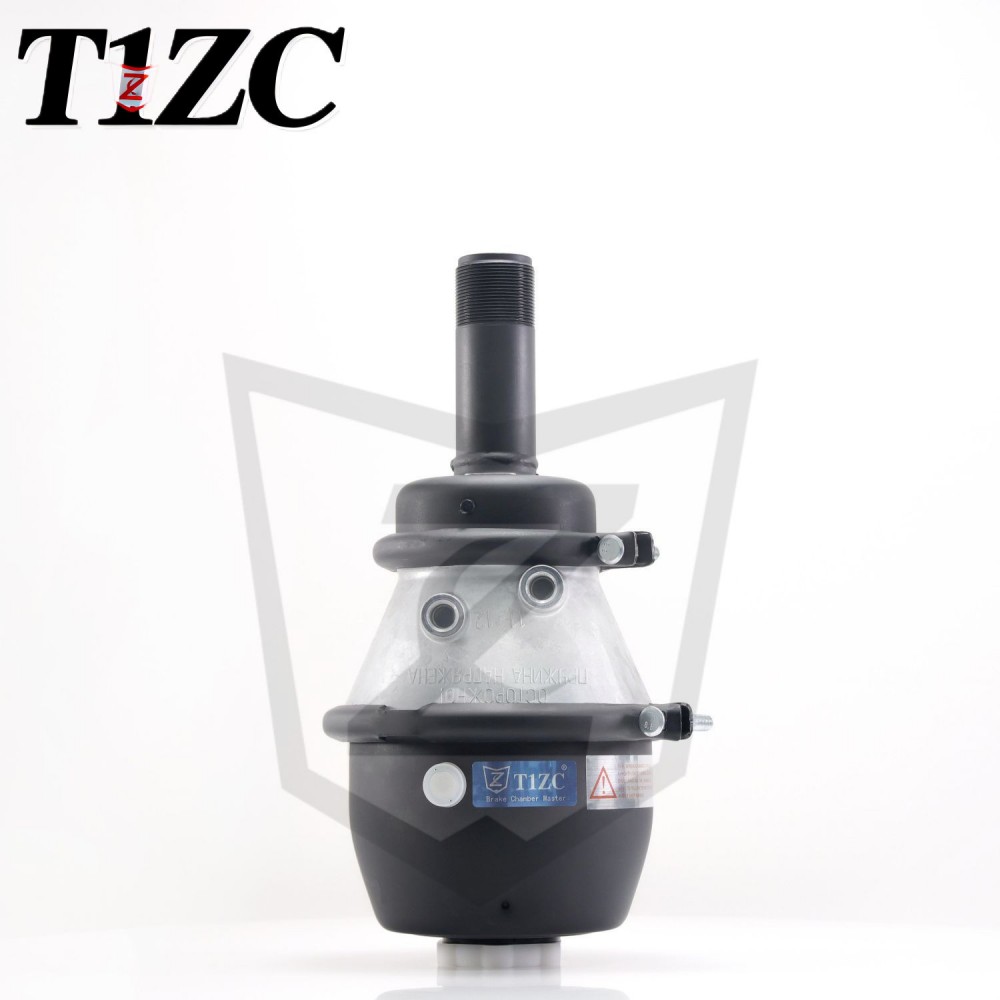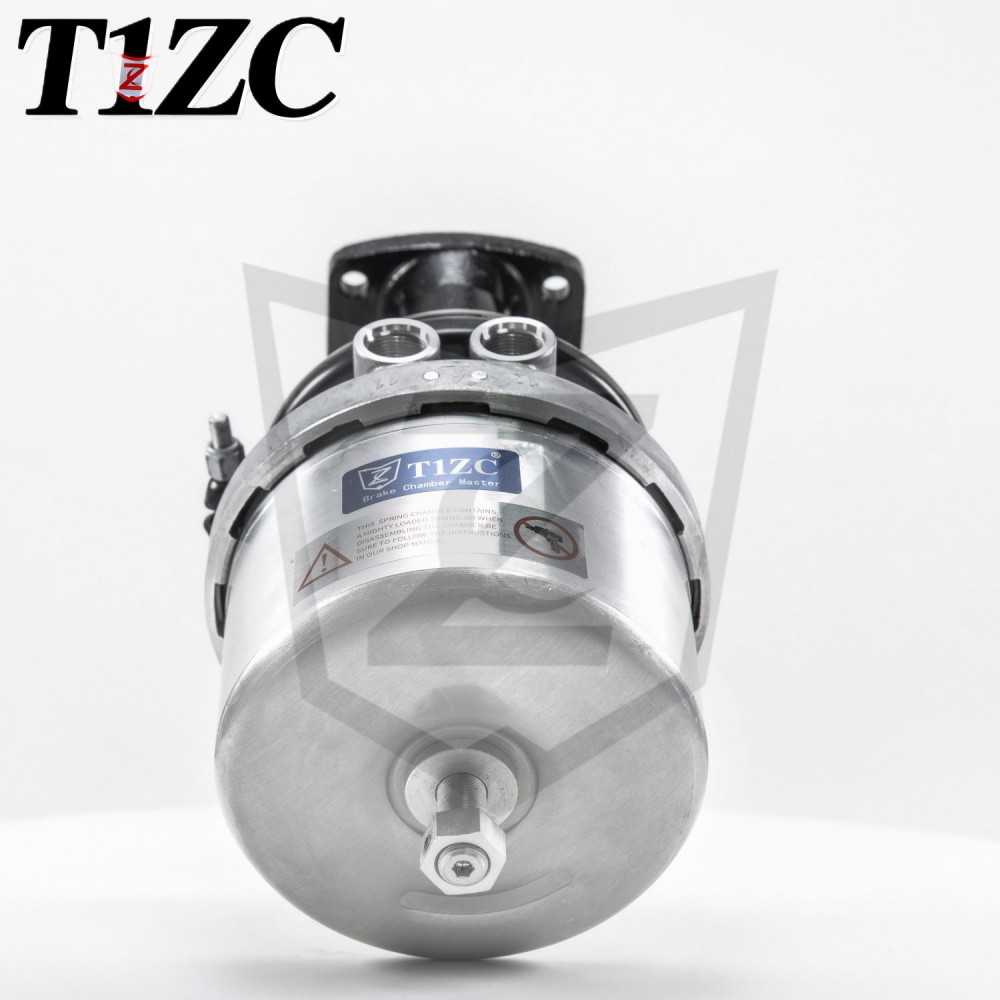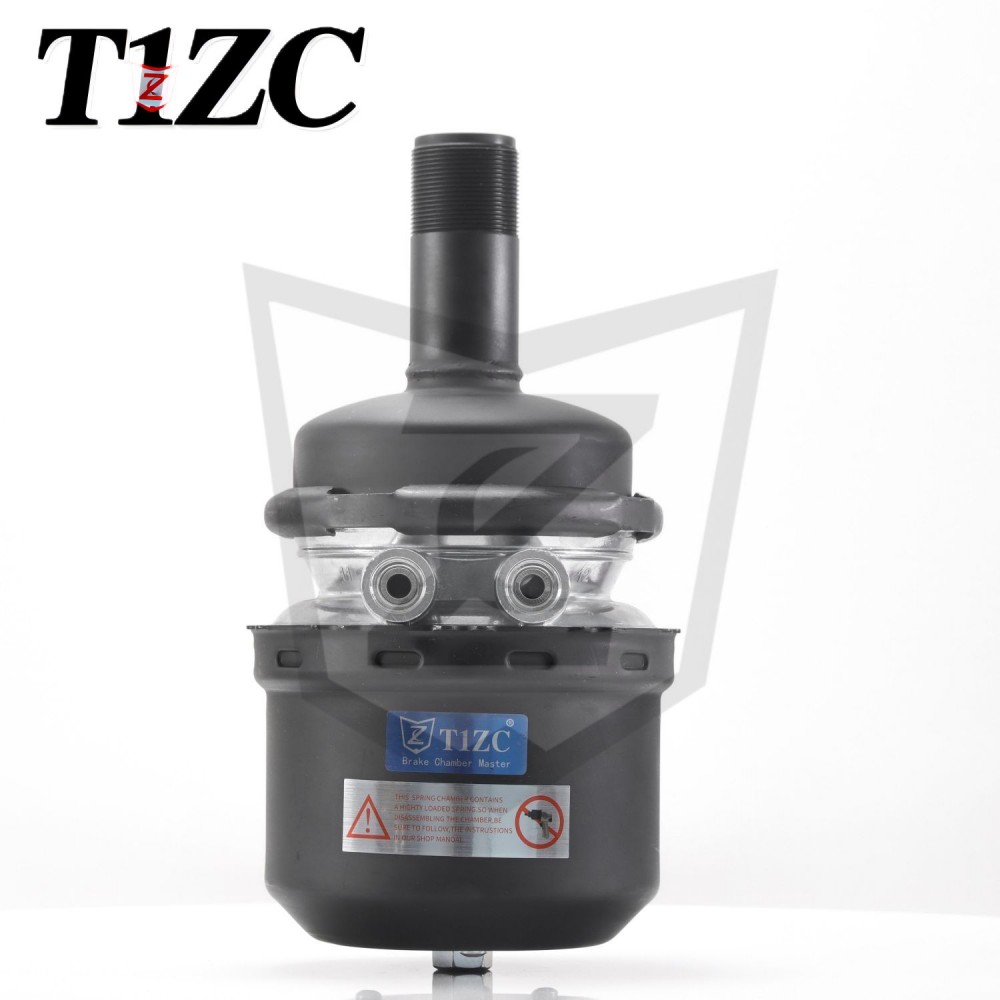What should I do if I hear the brake chamber leaking?
A sudden, loud hissing sound emanating from your heavy-duty vehicle's wheel area isn't just noise – it's a critical warning sign of a brake chamber air leak. This failure poses an immediate and severe threat to braking performance and vehicle control. Recognizing this sound and executing the correct emergency procedures is paramount for driver and public safety. Here's the professional, step-by-step guide:
1. Recognize the Danger & Stay Calm:
* The Sound: A distinct, loud, continuous hissing or blowing air sound from a wheel well (often louder on one side) strongly indicates a ruptured diaphragm, cracked housing, or failed seal in a brake chamber.
* The Risk: Air loss directly reduces the force applied by that brake. Loss of one chamber significantly compromises braking power and can cause severe vehicle pull during braking. Loss of multiple chambers can lead to catastrophic brake failure. Compressed air is the energy source; leaking it depletes system reserves rapidly.
2. Immediate Emergency Action:
* Firmly Apply Brakes (Service Brake Application): Press the brake pedal deliberately and firmly. This action helps temporarily seal some types of chamber diaphragm tears (though never rely on this as a fix).
* Controlled Stop is Paramount:
* Signal Intentions: Immediately activate hazard lights.
* Scan Environment: Look for the safest possible stopping location – a wide shoulder, rest area, or exit ramp. Avoid stopping in live traffic lanes if humanly possible.
* Gradual Deceleration: Use remaining braking power progressively and steadily. Avoid slamming on the brakes, which could exacerbate instability or lock wheels on the side with failed chambers.
* Engine Braking: Downshift promptly to utilize the engine's compression to aid deceleration and reduce strain on the air system.
* Steering Control: Be prepared for significant vehicle pull towards the side with the leaking brake chamber during braking. Maintain a firm grip and steer to counteract the pull and keep the vehicle straight.
3. Once Safely Stopped:
* Secure the Vehicle: Apply the parking brake firmly. Chock the wheels IMMEDIATELY on the downhill side and any other wheels accessible and safe to approach.
* Do NOT Release Brakes: Keep the service and parking brakes applied. Releasing them allows the leak to continue depleting air pressure rapidly.
* Assess Air Pressure: Monitor the primary and secondary air pressure gauges. If pressure is critically low (approaching 60 PSI or below on gauges where the warning activates at 55-75 PSI), starting the engine may be necessary to build air. However, be aware the leak will continue.
* Initial Visual Inspection (With Extreme Caution): Only if it is absolutely safe (vehicle secured, off active roadway, traffic aware), you might cautiously approach the suspected area from the side. Listen and look for the source of the loud hiss. Do NOT place any body parts near the leaking brake chamber; escaping high-pressure air can cause severe injury. Do NOT attempt to touch, poke, or cover the leak.
* Call for Professional Assistance: This is non-negotiable. Contact roadside assistance or your fleet maintenance department immediately. Clearly state: "Suspected brake chamber air leak," your location, and that the vehicle is immobilized. Do NOT attempt to drive the vehicle.
4. Why Professional Repair is Mandatory:
-
Brake chamber integrity is fundamental to the air brake system. A leaking chamber cannot generate the force required for safe braking.
-
Diagnosis requires identifying the exact failure point (diaphragm, clamp, housing, pushrod seal) which necessitates removal and inspection.
-
Replacement of the faulty brake chamber (and potentially related components like the slack adjuster) must be performed by a qualified technician following strict procedures and torque specifications.
-
Post-repair, the entire brake system requires thorough testing, including applied and released stroke measurements, to ensure correct function and compliance with regulations.
A hissing brake chamber is a severe emergency demanding immediate, calm, and precise action. Prioritize a controlled stop in the safest location possible, secure the vehicle meticulously, and summon professional help. Never ignore the sound or attempt to drive with a known air leak. Understanding and executing these procedures can be the decisive factor in preventing accidents and saving lives when this critical component fails. Regular pre-trip and en-route inspections are vital for early leak detection before they escalate into emergencies.


 EN
EN  English
English Português
Português
